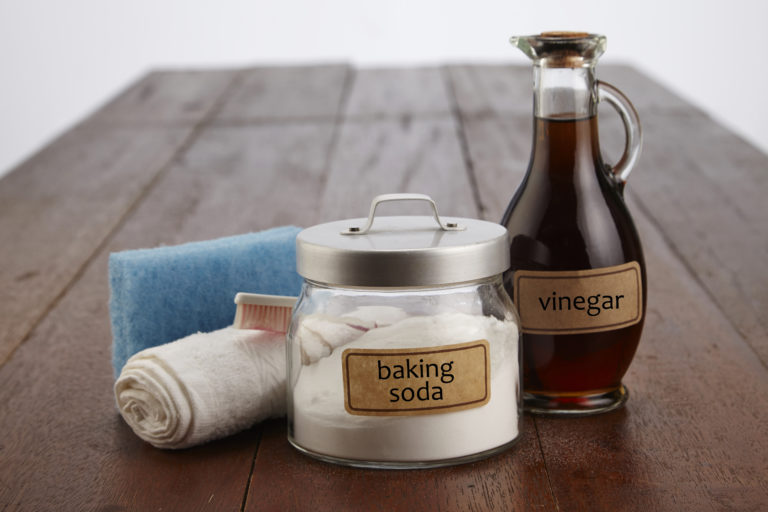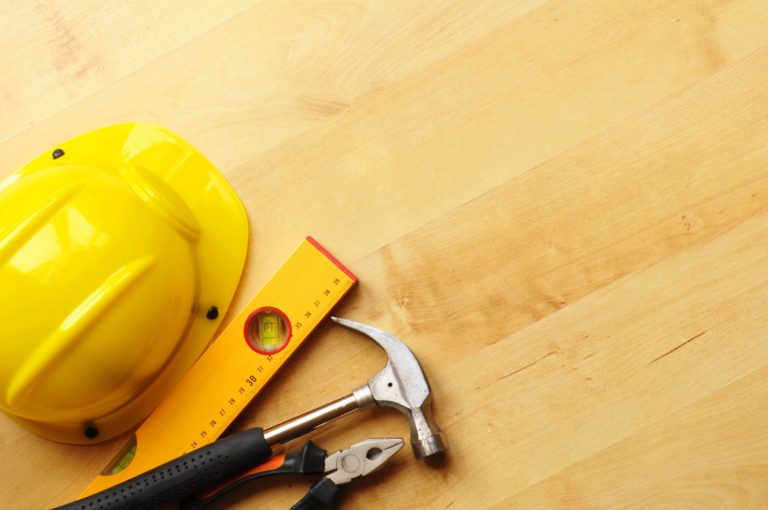Healthy Choices
Your Home

Vacuuming is not just for keeping up appearances! It’s actually an easy way to reduce unnecessary chemical exposure and common allergens in your home. Household dust contains many ingredients – some you’d expect, like pet dander, tracked-in soil, and dust mites. However, industrial chemicals like flame retardants, pesticides and heavy metals are also lurking in dust bunnies.

Mold is a living organism, requiring food and water and releasing thousands of tiny mold spores into the air to reproduce. All good and part of the natural order of life, until those microscopic spores enter our homes and grow indoors.

When Hazel Salazar moved to Seattle from El Salvador to join her husband 20 years ago cleaning houses was the only job she could get. Her first client handed Salazar a bucket and a jug of pine-scented cleaner. Within hours the skin on Salazar’s hands had blistered. Over the course of the next three days it peeled away in sheets.
Welcome to mainstream American cleaning products.

Choosing a Pest Management Professional When autumn cools the nights, bugs and critters seek warmth inside. Using Integrated Pest Management (IPM) to control pests without exposure to harmful chemicals is an effective approach that is healthier for your children, pets and the environment too.

Whether you’re packing food for a picnic, going on a hike or storing leftovers, Dr. Plastics Expert tells you all you need to know about how to do it safely.

Whether your child’s playroom is a special corner of the house, or the entire basement, make sure it’s a healthy playroom and a safe environment with the following toxic-free tips.

Spring is here and the upcoming warmer, dryer months are a great time to tackle remodeling projects! Before you or your contractor start any demolition, make sure to find out if there is lead paint in the house. If your home was built pre-1978, it likely contains lead paint. A new EPA law enacted in 2010 to prevent children’s exposure to dangerous levels of lead during renovation requires contractors to be certified in lead-safe work practices. Exposure to lead hazards is especially dangerous for kids and can lead to lower intelligence, learning disabilities, and behavior issues. Lead is also harmful to adults, especially pregnant women who can transfer lead to fetuses.

If you have kids in the house, you know there’s more to your floor than just a pretty surface to walk on—it’s a primary play space for kids. Certain types of flooring can put children at risk for toxic exposures, so when it’s time to remodel, choosing a flooring material that won’t jeopardize indoor air quality and is easily cleaned is important to maintaining a healthy home. Here are some selection tips to help you shop.

You wouldn’t feed your dog chocolate, so why would you use toxic flea bombs and powders? They’re bad for you and your furry friends! But to keep the itchy pests out of your home, it’s helpful to understand how fleas like to live.

Baa baa black sheep, have you any wool? Wool is great for staying warm and dry, but did you know that it’s also great to sleep on? Many parents ask us what the healthiest options are for children’s mattresses and futons, so we’ve compiled these tips to help you when you shop. The good news is that mattresses containing the toxic flame retardants PBDEs have been prohibited from sale in Washington stores since January 2008.
